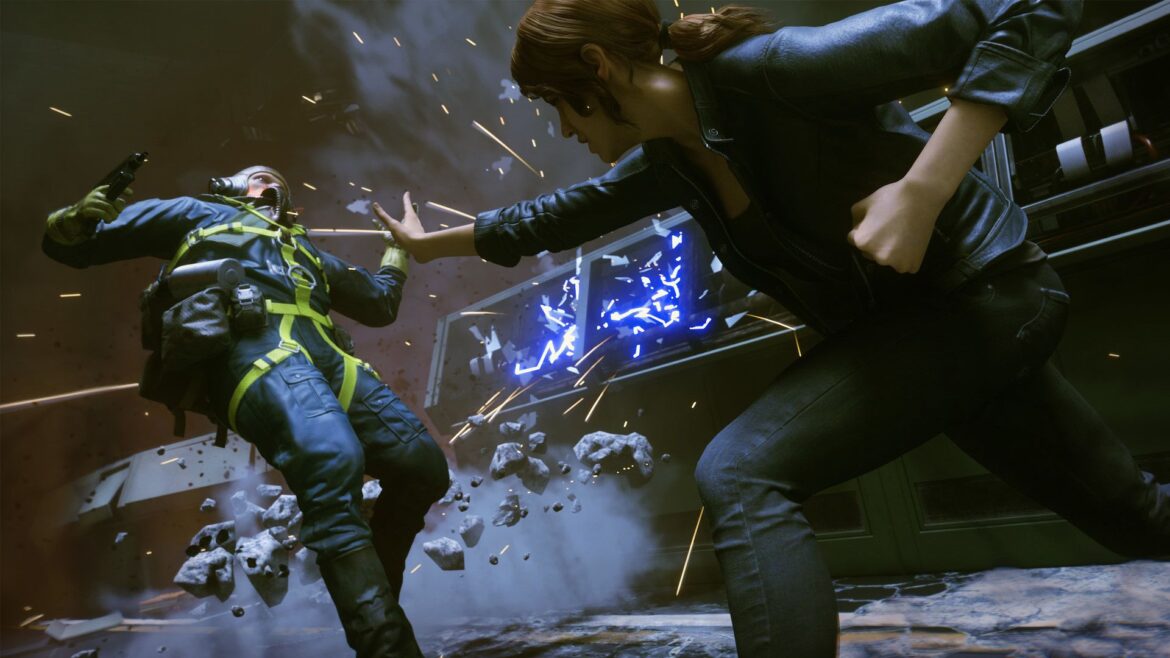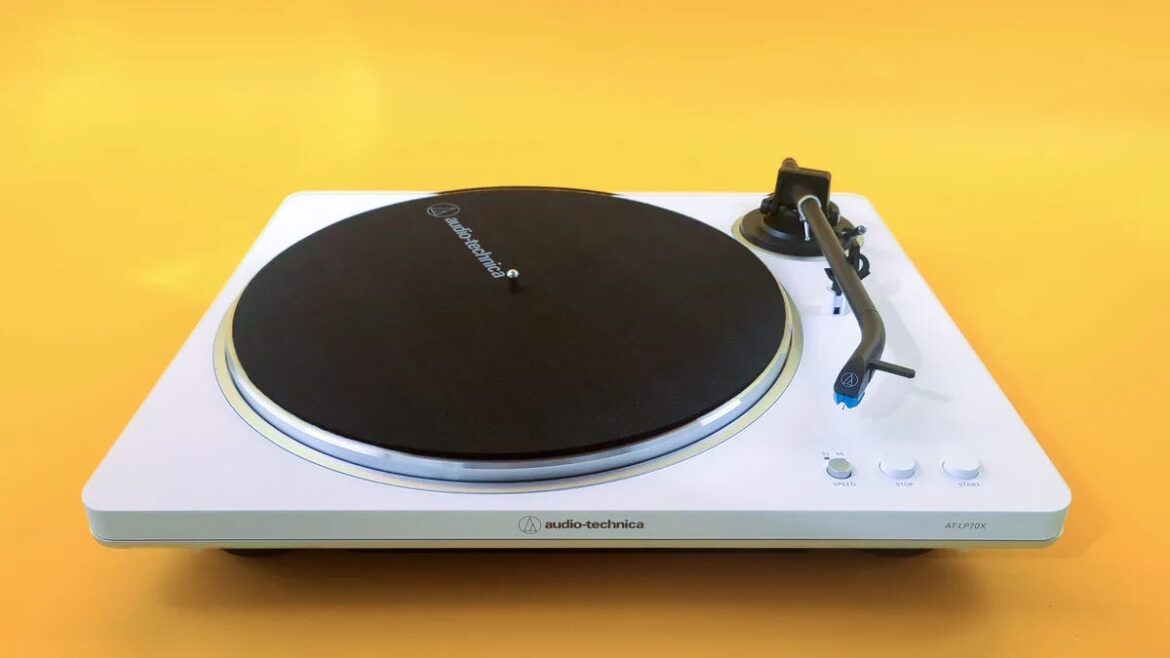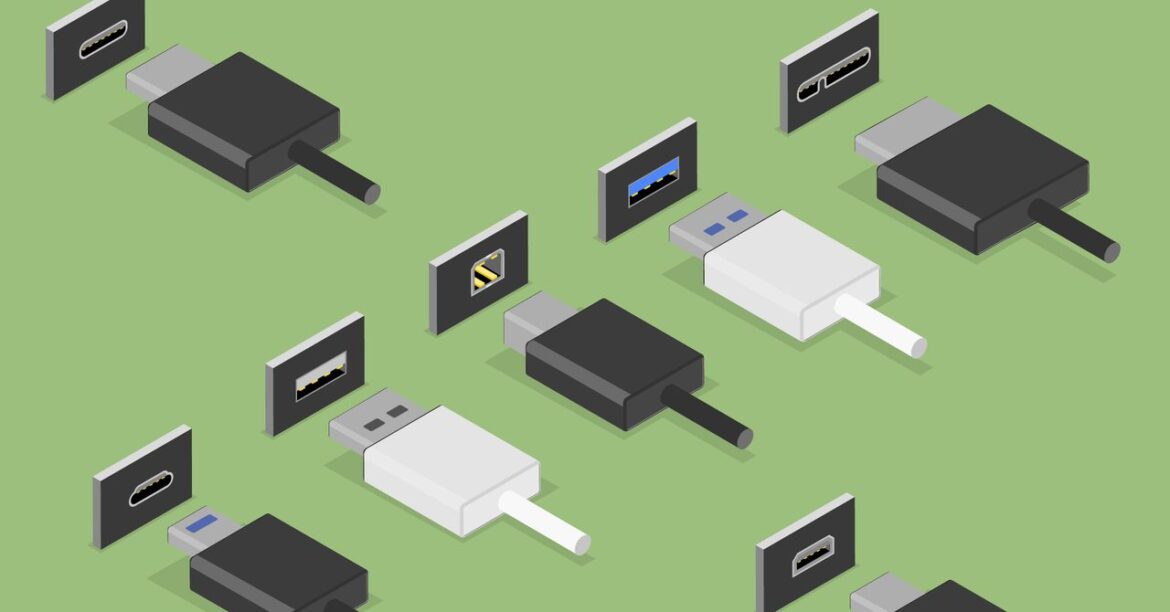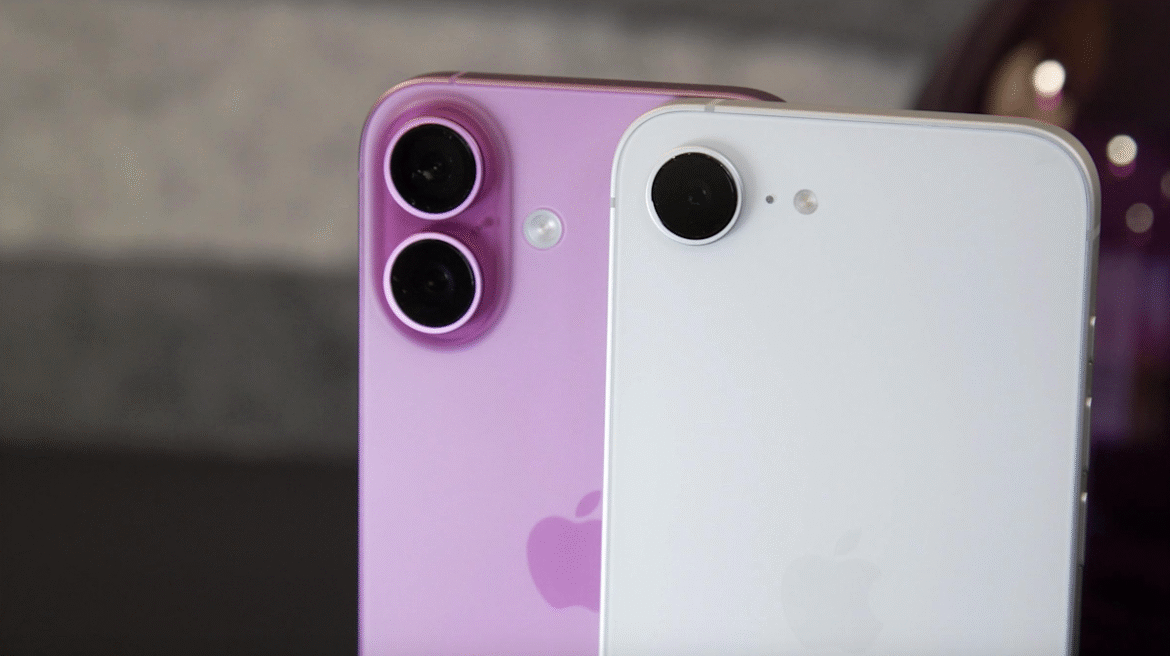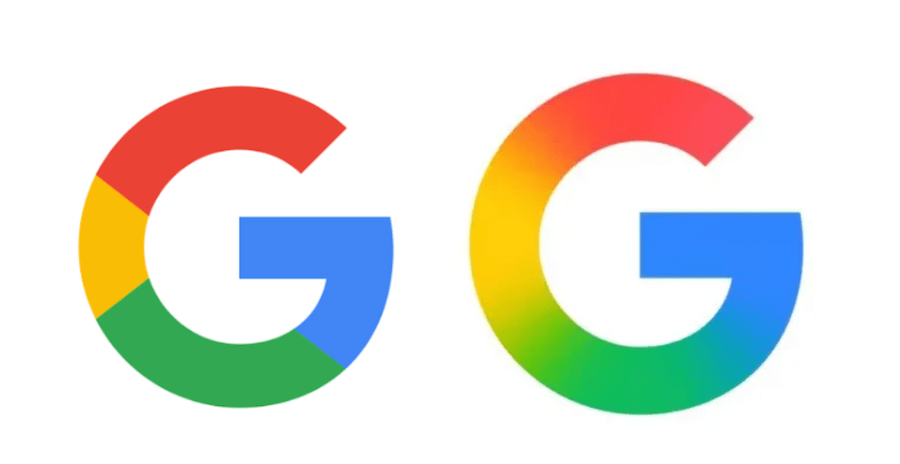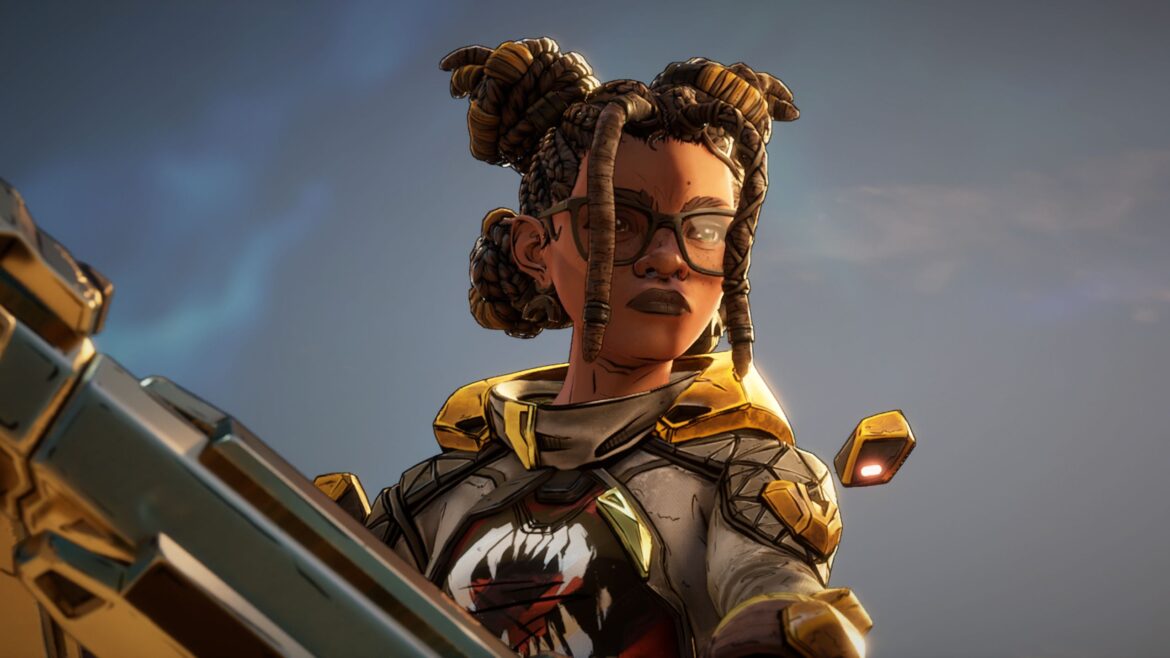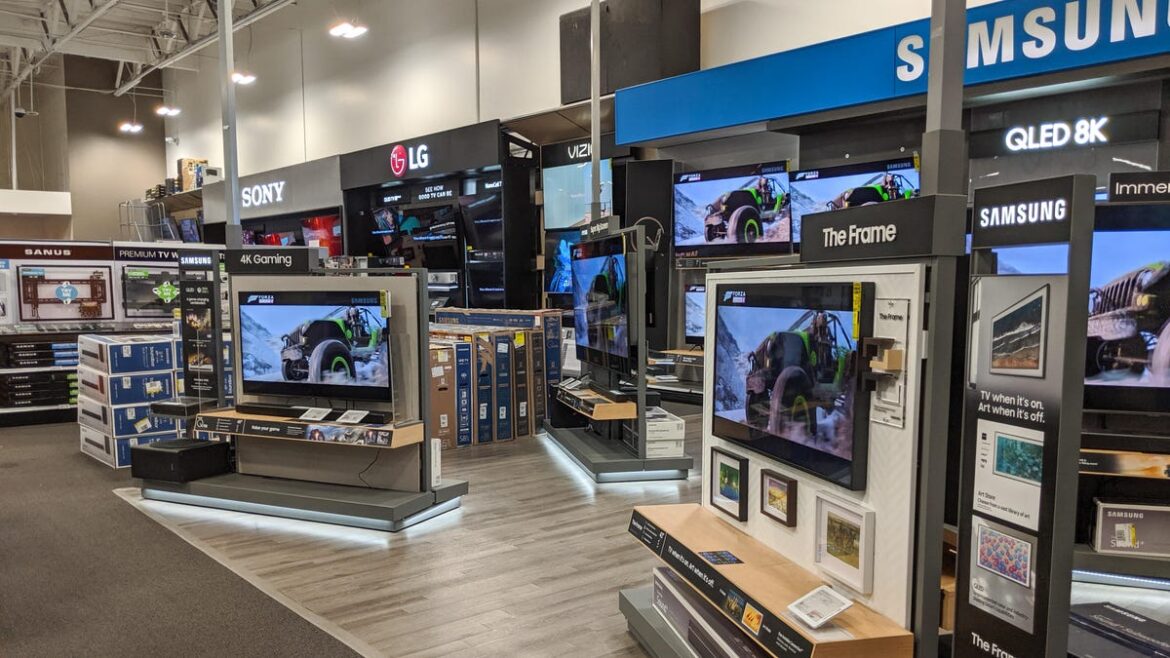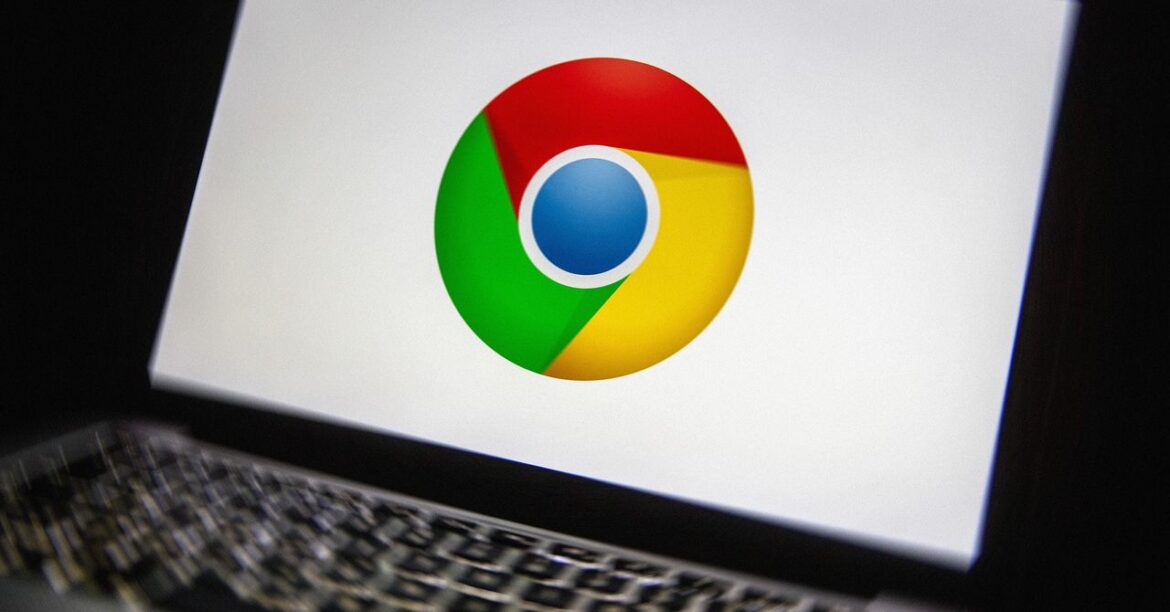Control is, for me, one of those games that can make playing everything else feel a little bit worse. Remedy simply nailed the paranormal bureaucratic atmosphere too hard. After playing Control back in 2019, I have to live with the faint wish that whatever game I spend time with would give me more opportunities to interact with unfathomable triangles. I now yearn to believe a postbox could imperil an entire town. Every collectible text document that doesn’t feature ominous redactions now feels like a wasted opportunity.
My time in the Oldest House left me with a mild yet incurable brain sickness. And it’s one that you can contract yourself for just $4 thanks to the Steam Autumn Sale. Control has only been 90% off one other time, during a weeklong sale in August. Otherwise, this is the lowest price it’s ever been on Steam.
(Image credit: Remedy Entertainment)
Now, there are some detractors in the world who might try to convince you that Control’s shooting isn’t terribly impressive, so it can’t be that great. You can safely ignore these misguided souls. No matter what they’ve convinced themselves, Control isn’t a game about shooting. It’s a game about throwing forklifts with your mind.
Related articles
More importantly, it’s a game where a federal bureau has an archive collecting all the nonsensical, conspiratorial mail deemed unfit for delivery by the Postal Service because it could contain paranatural insights. If you don’t get a thrill out of imagining why an organization like the FBC would redact the Pinstripe World letter, you’re beyond any help I could give you.
Plus, you’ll finally get to know why people talk about the Ashtray Maze so fondly. At $4, this is a great entry point into the growing Remedy Cinematic Universe. Or in my case, a great opportunity to buy it on Steam so I don’t have to open the Epic launcher whenever I feel like strolling the FBC corridors. Everybody wins.

